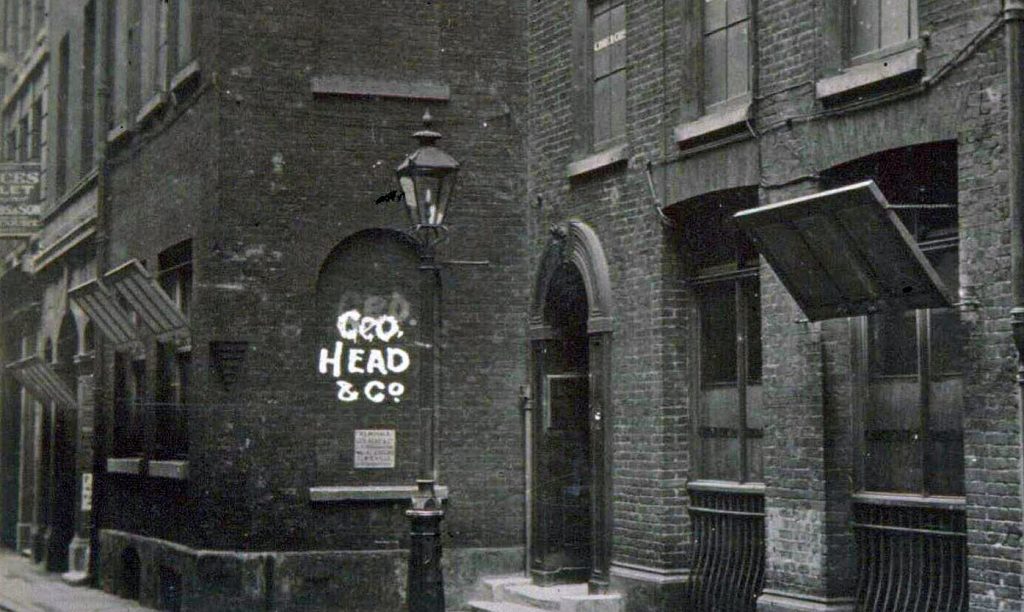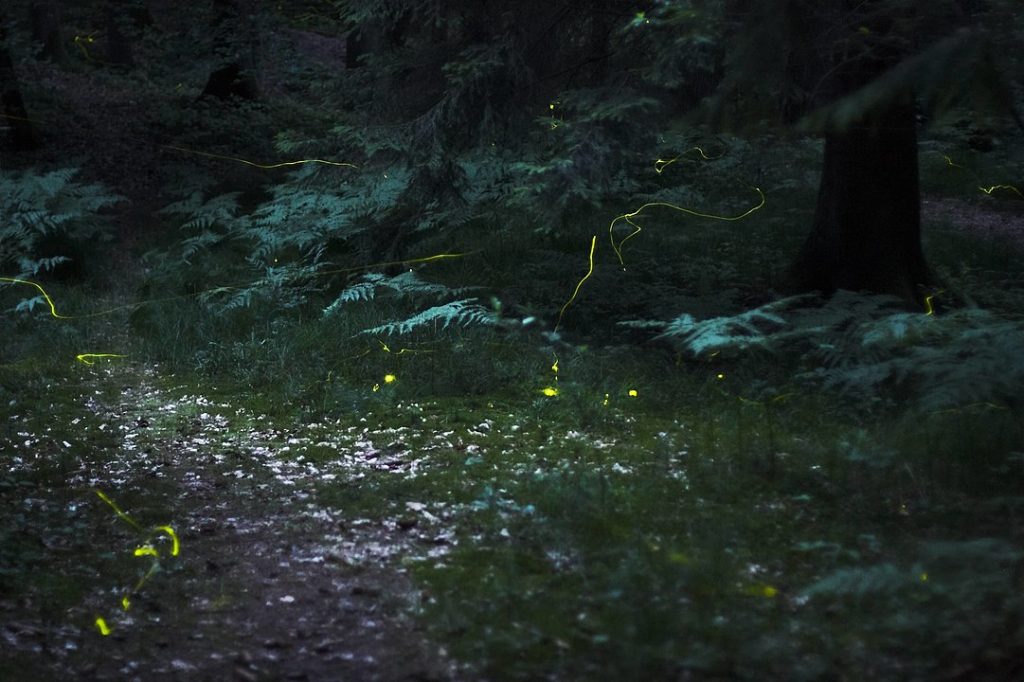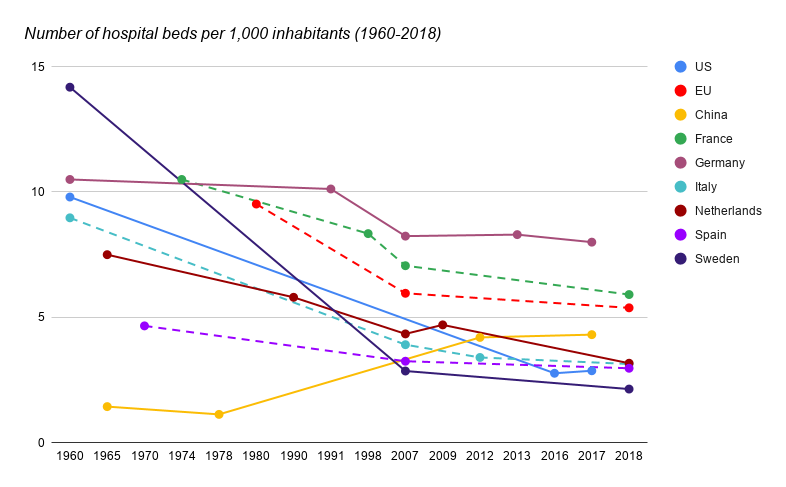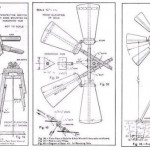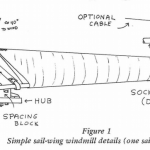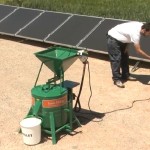A common argument made by proponents of degrowth, supported by historical evidence, is that economic growth is ecologically unsustainable and entails an increasing inequitable distribution of resources. In Tools for degrowth? Ivan Illich’s critique of technology revisited, Silja Samerski discusses Ivan Illich’s (1926-2002) argument that limits to growth are needed not only for ecological or distributive justice, but for social freedom. Any limits must be politically decided, and applied not primarily to the economy, but to technology. [Read more…]
No Tech Reader #27
- Delusions of sanity — Deconstructing madness in an insane world. “It is no measure of health to be well adjusted to a profoundly sick society.”
- Subscriber City. What happens when you need an app to access anything. “How long before different customers are charged different prices for the same goods in physical grocery stores?”
- The death of the festival. “The overarching crisis of our time – more serious than ecological collapse, more serious than economic collapse, more serious than the pandemic – is the polarization and fragmentation of civil society. With coherency, anything is possible. Without it, nothing is.”
The forgotten era of Light Reflectors in London’s alleys
A visitor to Victorian London who found themselves in its many narrow alleys would have seen large numbers of wooden shutters reflecting sunlight into the offices. These weren’t just wooden shutters though, but Chappuis’ Patent Daylight Reflectors, invented by a French photographer based on Fleet Street in 1850, and there was a whole range of them to improve lighting inside buildings before widespread electric lighting.
Read more: The forgotten era of Light Reflectors in London’s alleys, Ian Visits.
Reversing the Glow-Worm’s Decline
Coppicing & pollarding trees could provide us with energy, materials and food — but also with a lot of glow-worms (or fireflies), a research paper argues: [Read more…]
Number of Hospital Beds per 1,000 Inhabitants (1960-2018)
Corona restrictions around the world are primarily aimed at not overwhelming hospital capacity. But hospital capacity is not what it used to be. In the 1960s and 1970s, the US and many European countries had around ten hospital beds per thousand inhabitants. Nowadays, the US has less than three, while many European countries have less than five.
Hospital beds are defined as beds that are maintained, staffed, and immediately available for use. Total hospital beds include acute care beds, rehabilitative beds and other beds in hospitals. [Read more…]
Solar Powered Website: Uptime for 2020
In 2020, our solar powered website obtained an uptime of 95%, meaning that it was offline for 444 hours or 20 days. Unsurprisingly, most of the downtime is concentrated in the winter months.
The graph above (click to enlarge) shows battery storage capacity in relation to the weather in Barcelona from January to December 2020. Yellow is sunny, grey is cloudy, blue is rain. From May to November, we were online without interruption for almost 6 months.
The data were collected and visualised by Roel Roscam Abbing and David Benqué.
